Bench press muscles worked: Here's what happens when you lift that barbell
Bench press muscles worked: discover how this upper-body exercise can help you gain strength and size
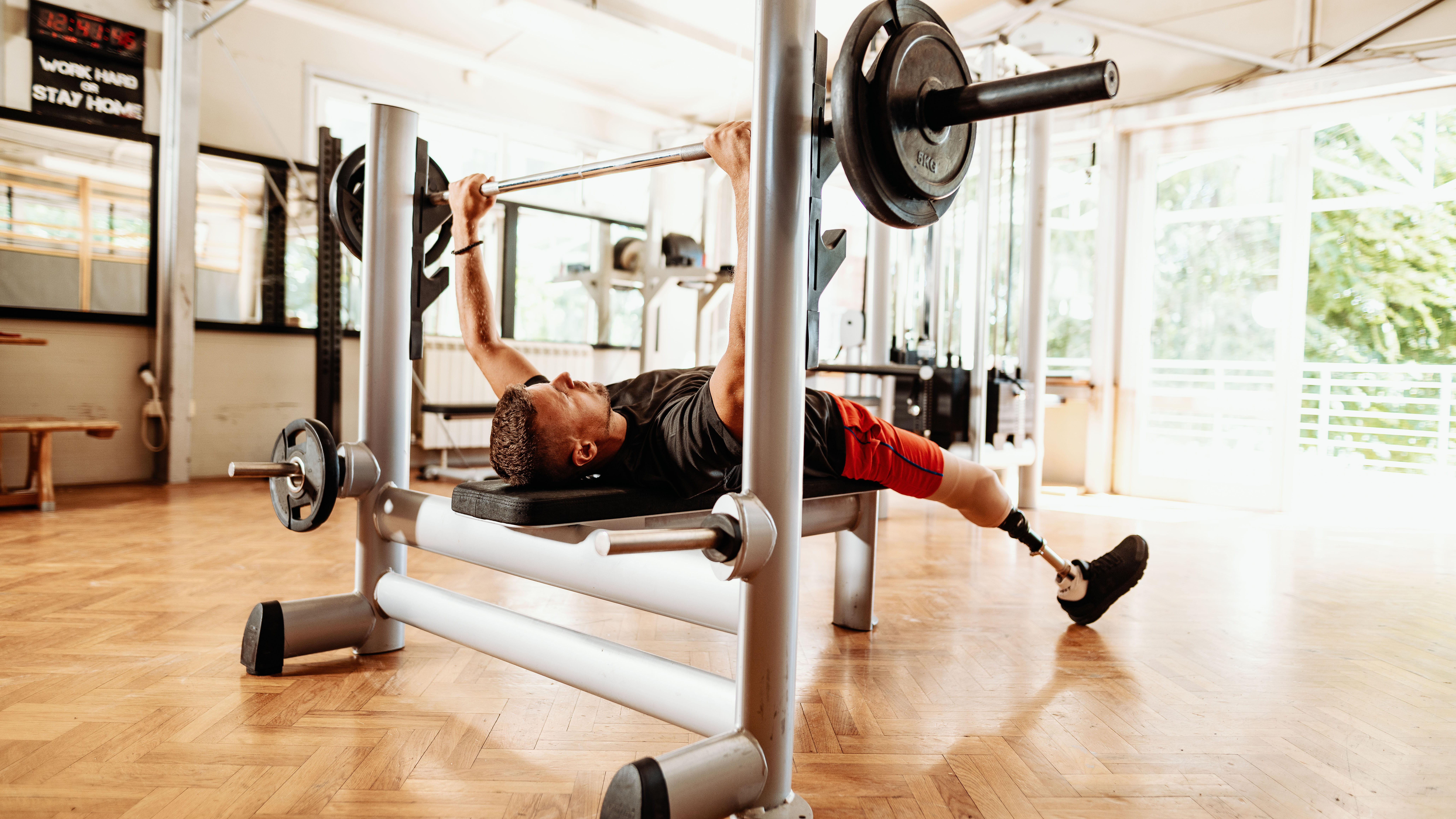
Trying to figure out which muscles are worked by a bench press? The popular gym move mainly works three areas of the body: chest, shoulders and arms.
It’s a great compound (multiple muscle) exercise that involves lying on a bench as you press a weight up using a barbell, free weights or the best adjustable dumbbells.
“During a bench press you lower the weight down to chest level, then press it upwards while extending the arms. There are a few variations of this move, including lying flat, at an incline or decline or putting your hands closer together on the barbell,” says Jen Skym, a personal trainer from Jeneration Fitness.
“If you want to add bench presses to your training, try doing them two-three times a week, aiming for three to four sets of 8-12 reps. Make sure you give yourself at least one day in between to allow your muscles to recover. Choose a weight that is challenging to you, but not so heavy you struggle to lift it, as that could lead to poor form and injury,” says Skym.
Learn your muscle fiber types or find out the muscles activated during the bench press move.
Pectoralis major
This is the thick, fan-shaped muscle that spreads across your chest. “It’s one of the ‘prime movers’ for the bench press – which means it’s responsible for doing the most work. It contributes to the pushing movement that presses the weight against gravity from your chest back to start position.
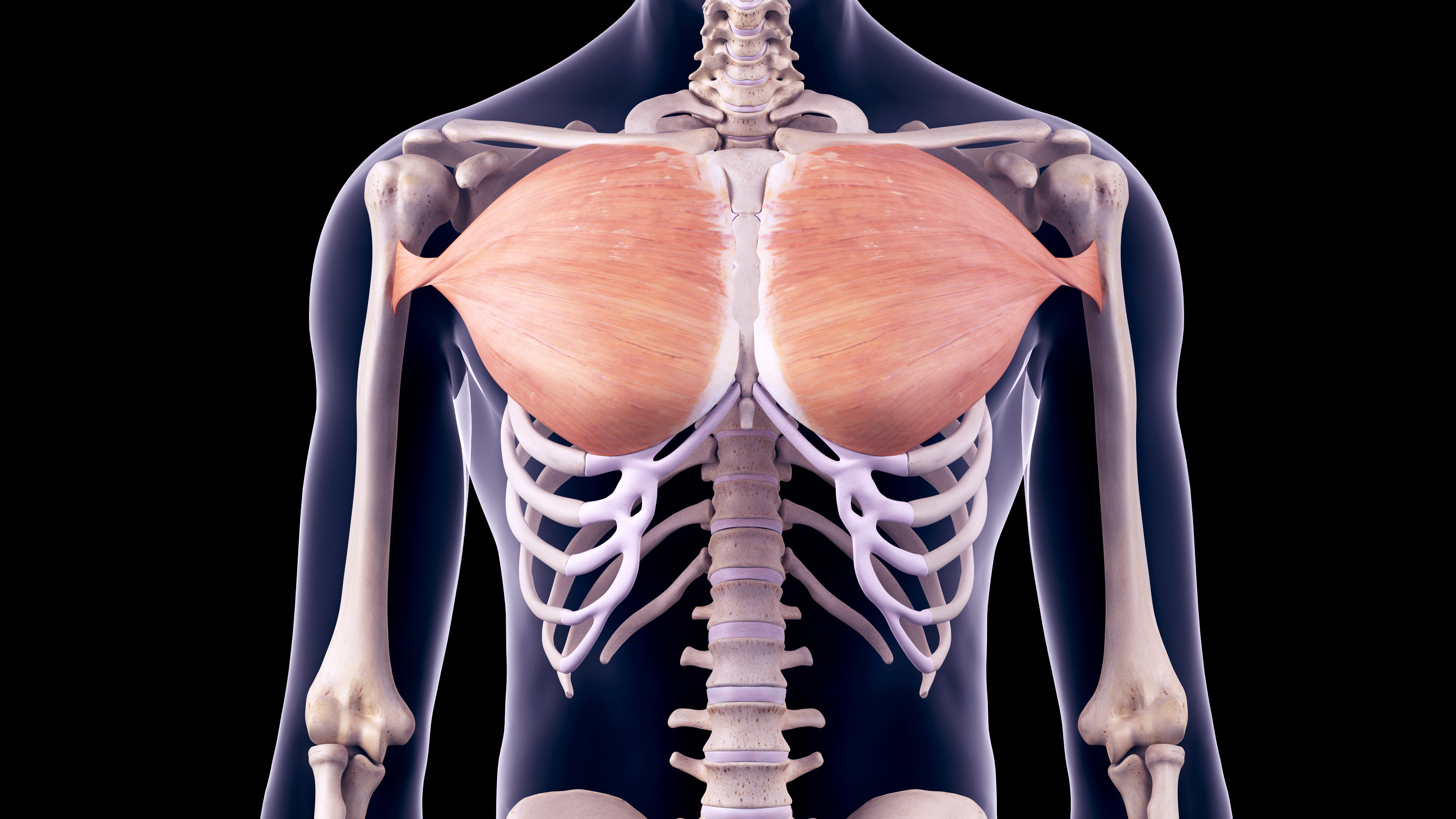
“If you’re training for muscle mass, also known as hypertrophy, then this will be the muscle group you’ll feel the biggest pump in,” says Skym.
Get the world’s most fascinating discoveries delivered straight to your inbox.
Pectoralis minor
This muscle is triangular and you’ll find it under the pectoralis major, says Skym. “Another prime mover in the bench press, it’s the smaller muscle in the chest, which helps with the push motion.”
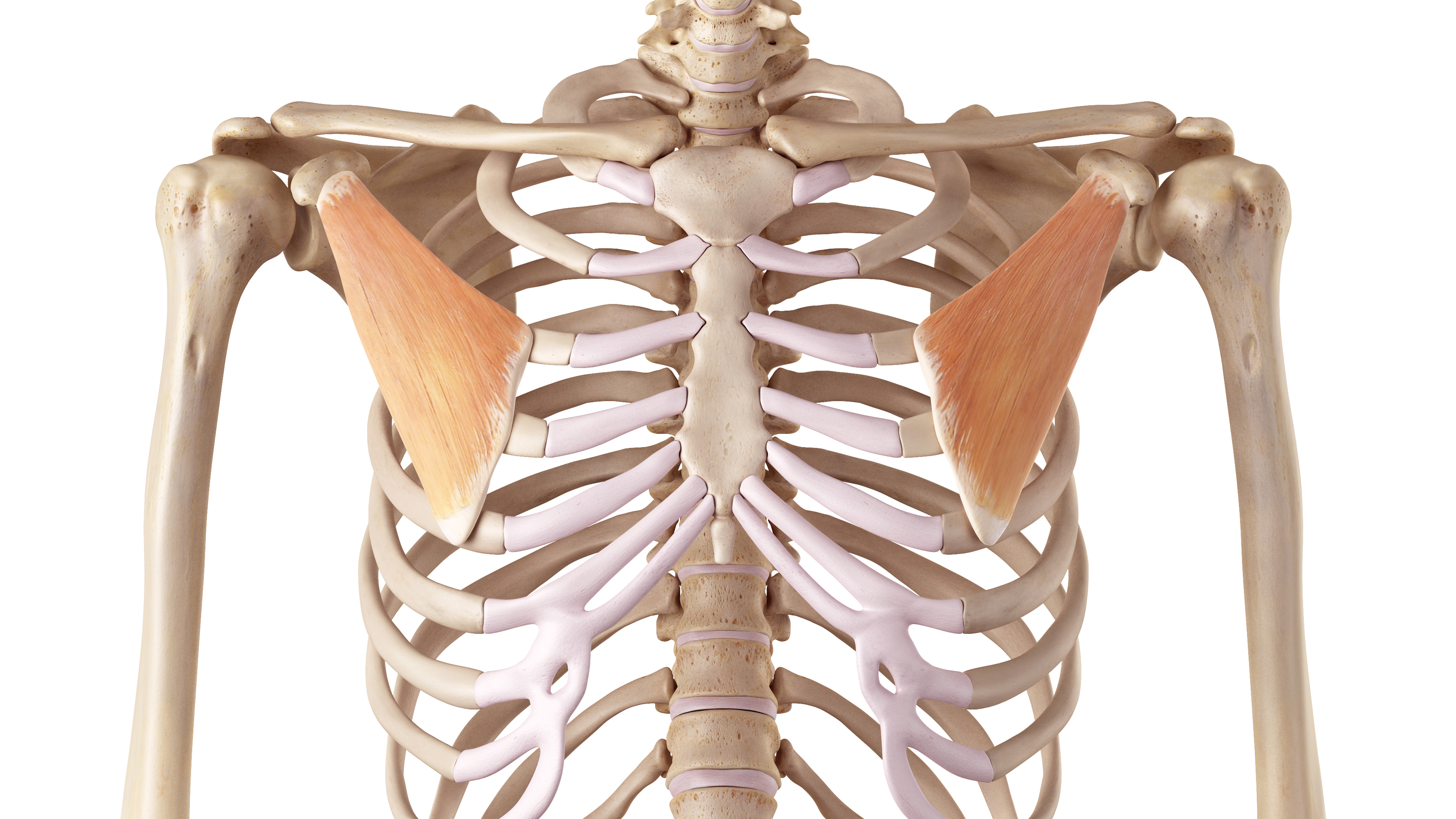
Anterior (front) deltoids
The front delts are triangular and help the arms move forward. They are the front section of the muscle in the image below.
"They are responsible for shoulder flexion, helping the muscles to lower and lift the bar,” says Skym.
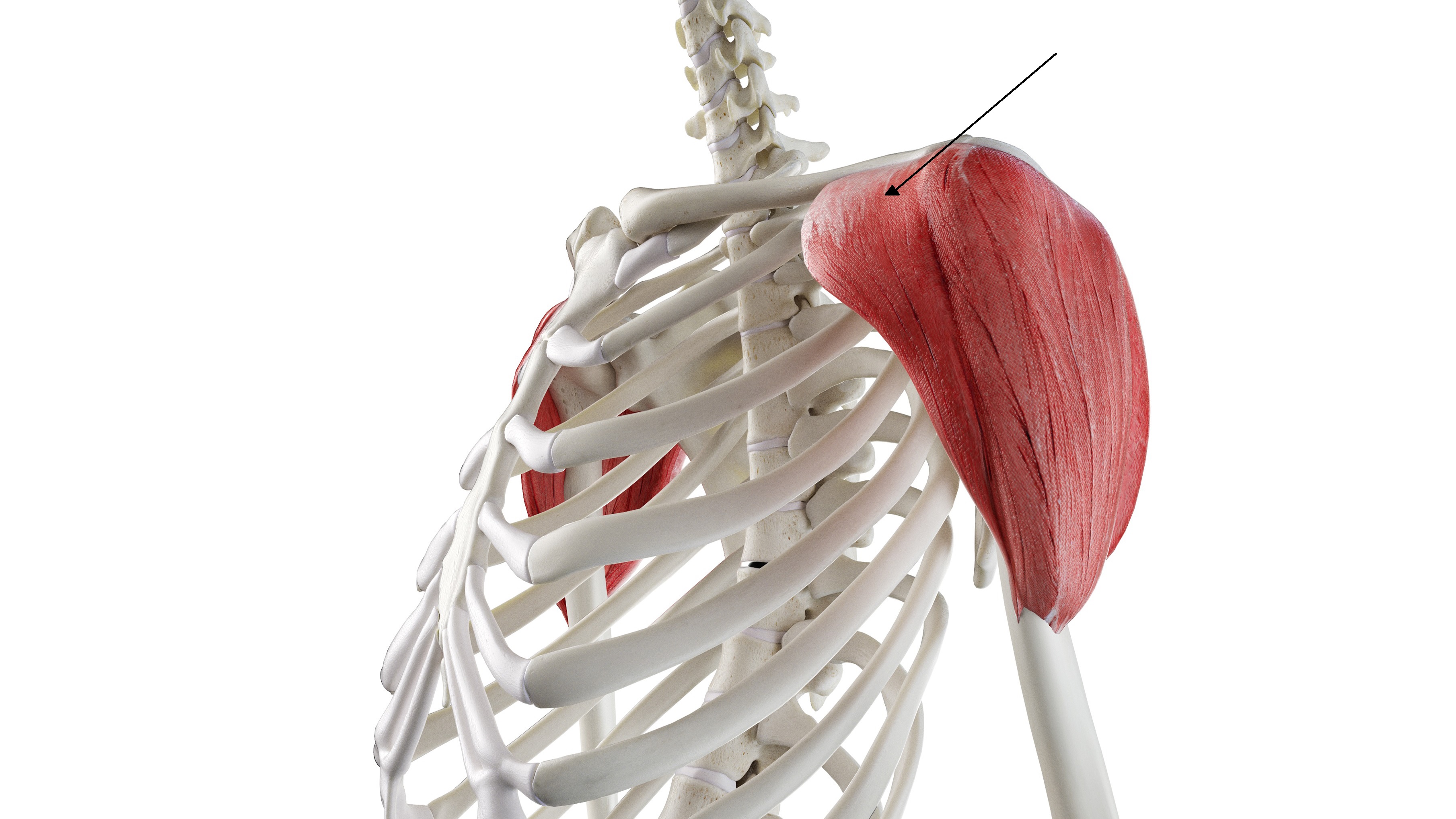
Triceps brachii
The triceps brachii is a large thick muscle on the back of the upper arm. “They are involved in all pushing exercises, and in this instance, they help power the bench press as you get near the top of the exercise, when you’re extending at the elbows to finish the movement and lock the weight out,” says Skym.
In the image below, the person is facing away, so we can see the triceps brachii from behind.
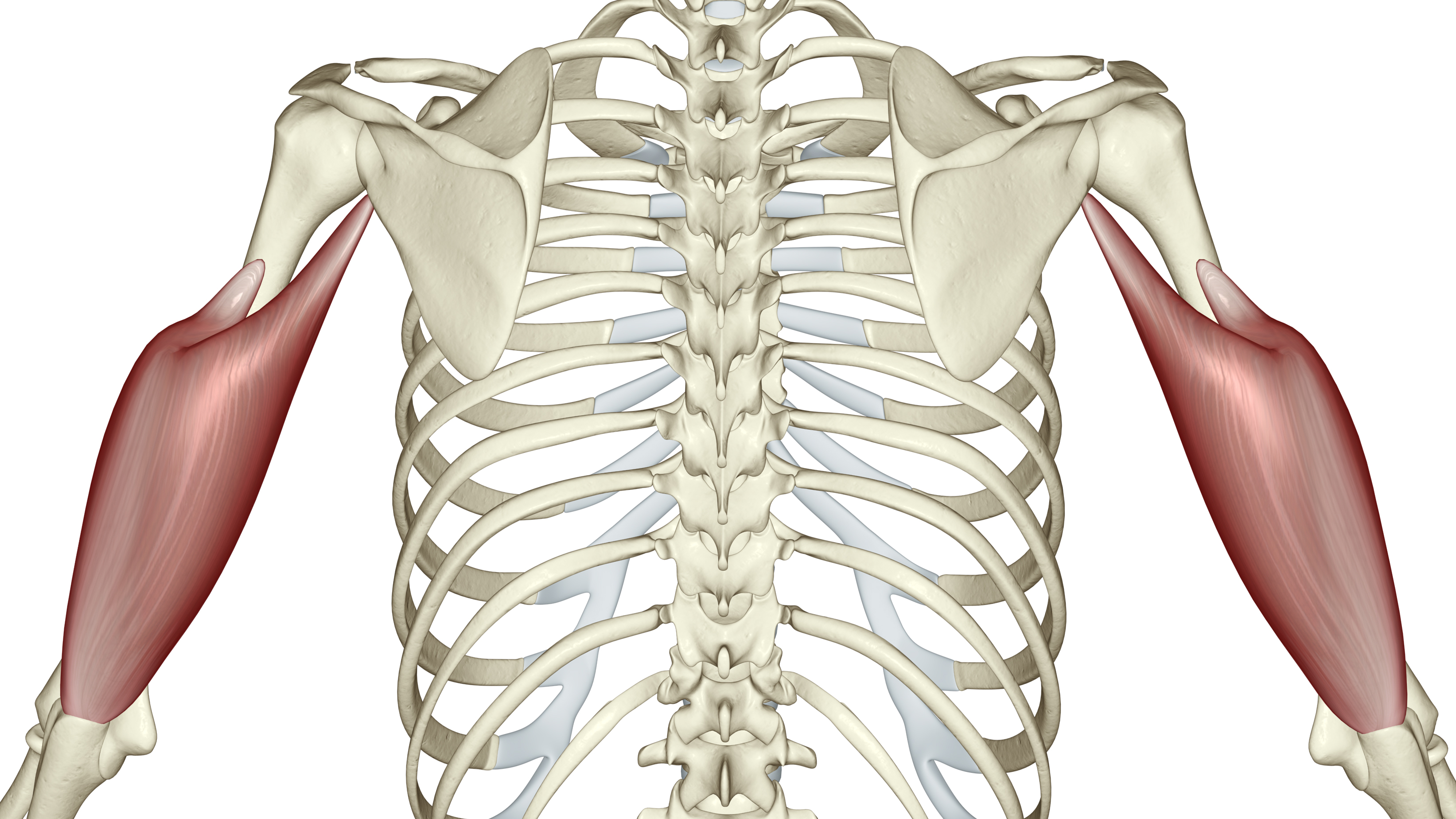
Serratus anterior
The serratus anterior is a fan-shaped muscle on the sides of your chest and on your ribs. Skym says: “It helps support your shoulder girdle during pressing and pushing exercises like the bench press, and takes some of the strain off the rotator cuff: the muscles and tendons that keep the ball of your upper arm bone in your shoulder socket. This allows you to lift heavier weights.”
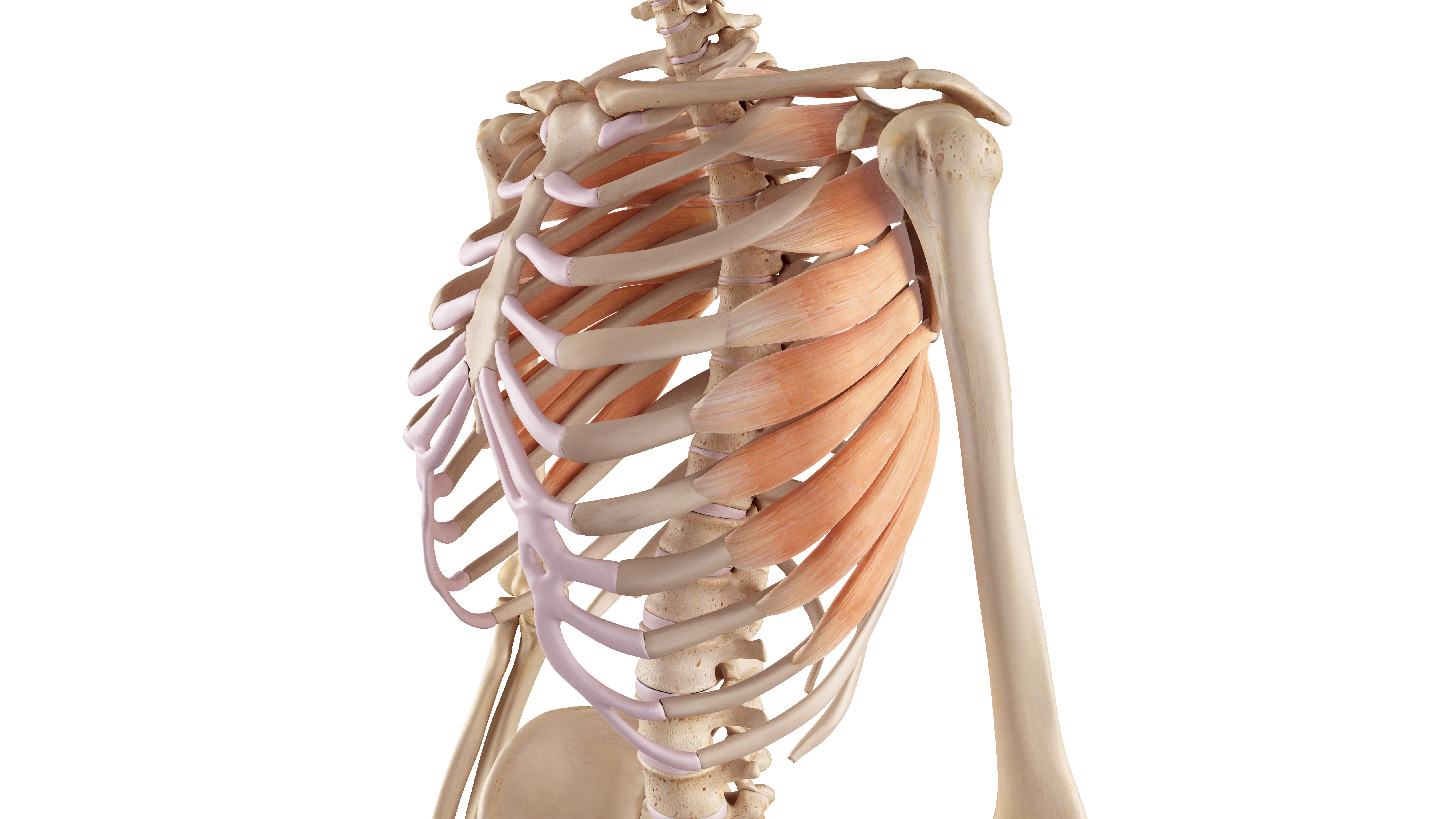
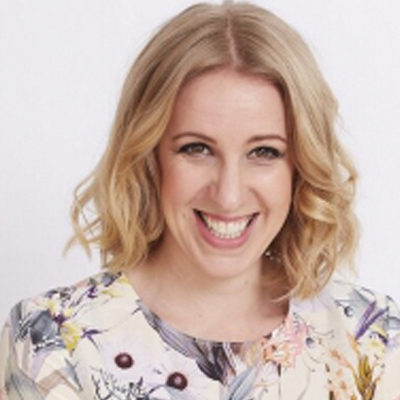
Maddy Biddulph is a freelance health and fitness journalist with over 26 years of experience working for consumer media in the US and UK. As a Level 3 personal trainer and weight loss advisor she is used to trying out and reviewing the latest health and fitness products. At Maddy Biddulph Personal Training, she runs one-to-one and small group sessions, as well as group exercise classes. She specializes in mobility work with seniors and runs regular chair workouts in her hometown of Oxford.


